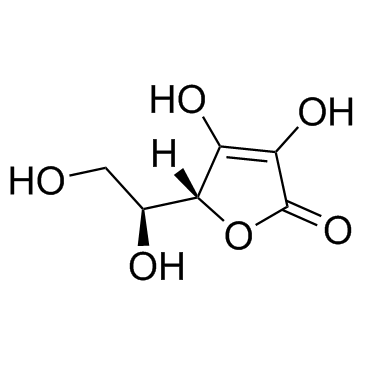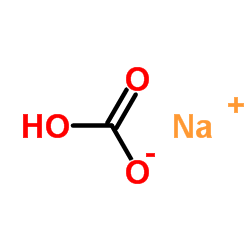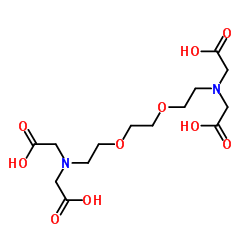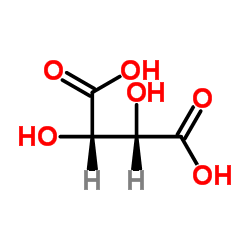| Structure | Name/CAS No. | Articles |
|---|---|---|
 |
sucrose
CAS:57-50-1 |
|
 |
sodium chloride
CAS:7647-14-5 |
|
 |
Ascorbic acid
CAS:50-81-7 |
|
 |
magnesium sulfate
CAS:7487-88-9 |
|
 |
SodiuM bicarbonate
CAS:144-55-8 |
|
 |
HEPES
CAS:7365-45-9 |
|
 |
EGTA
CAS:67-42-5 |
|
 |
Tartaric acid
CAS:87-69-4 |
|
 |
SODIUM CHLORIDE-35 CL
CAS:20510-55-8 |
|
 |
Ethylenediaminetetraacetic acid
CAS:60-00-4 |